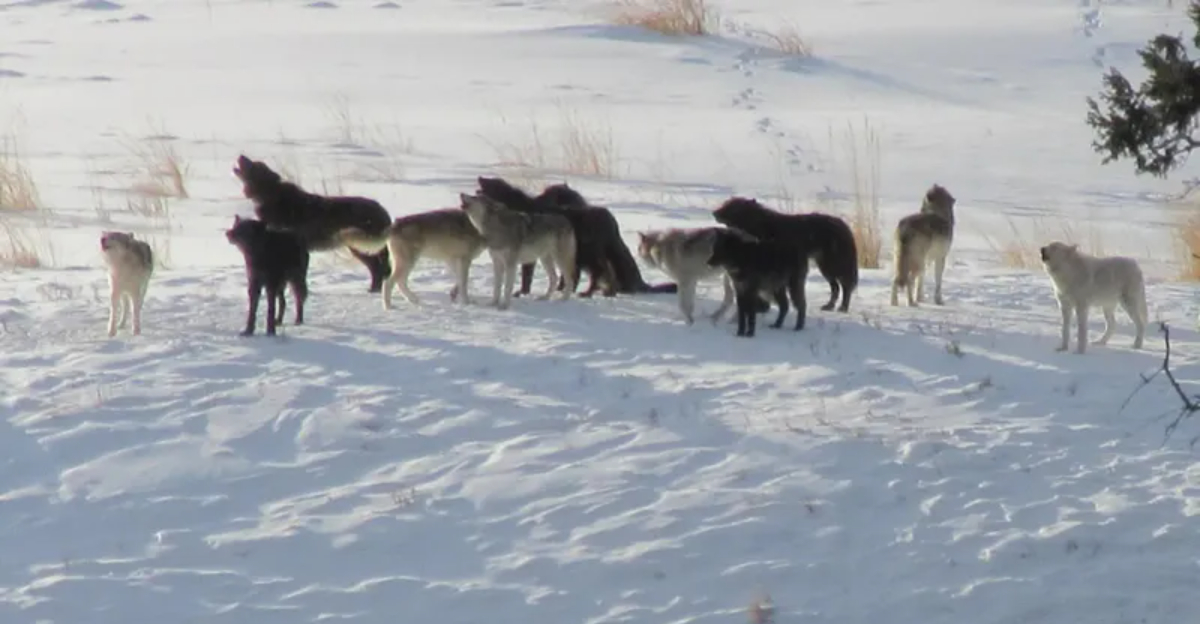Deep in the wild heart of the American wilderness, researchers have stumbled upon a breathtaking discovery – a wolf pack larger than any ever documented in the country.
This isn’t just about numbers, though. It’s a rare glimpse into a thriving, complex society of predators that usually keep to the shadows.
With howls that echo for miles and a bond stronger than instinct, this pack is rewriting what we thought we knew about wolves in the U.S.
1. Record-Breaking Pack Size
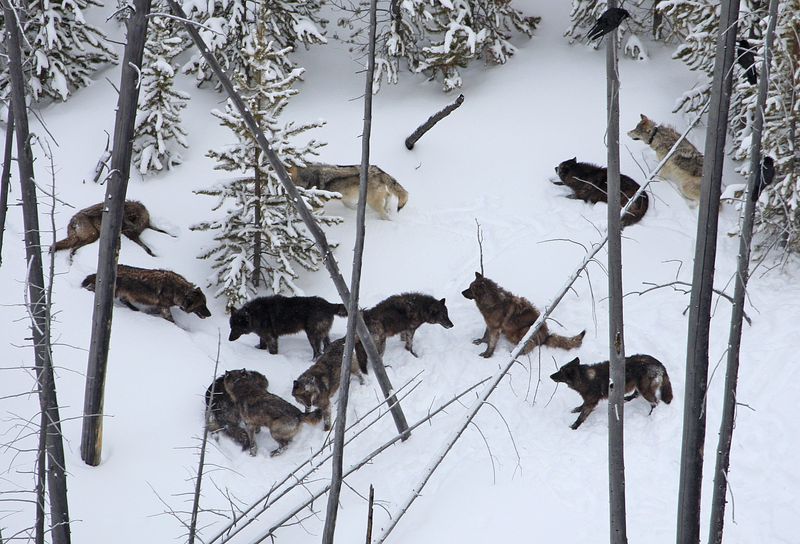
Jaws dropped when researchers counted a staggering 42 wolves traveling together! Most packs typically contain 5-12 members, making this super-sized family nearly four times larger than average.
Scientists believe abundant prey and minimal human interference allowed this extraordinary growth.
The discovery challenges previous assumptions about natural pack size limitations in North American wolf populations.
2. Remote Yellowstone Location
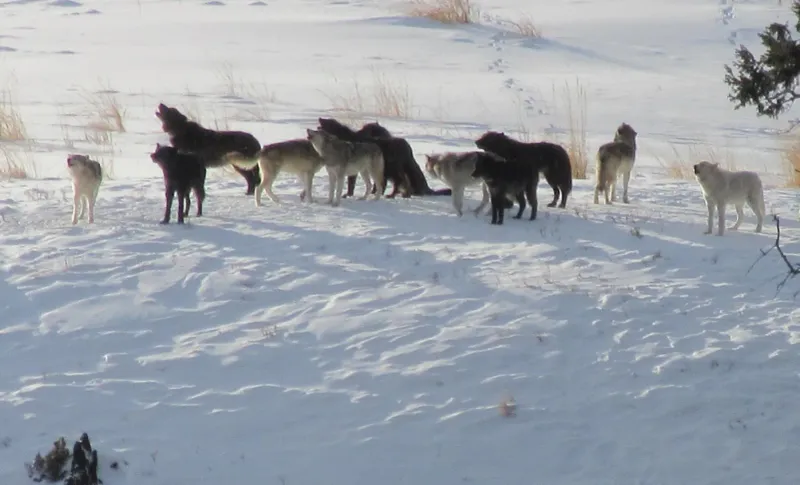
Nestled in Yellowstone National Park’s northeastern corner, this mega-pack claims territory few humans ever witness.
The remote valley’s limited accessibility provided perfect isolation for the wolves to thrive undisturbed.
Rangers had occasionally reported unusually large wolf gatherings, but confirmation required a dedicated three-year tracking project. The location’s harsh winters and rugged terrain created the ideal sanctuary.
3. Unexpected Hunting Collaboration
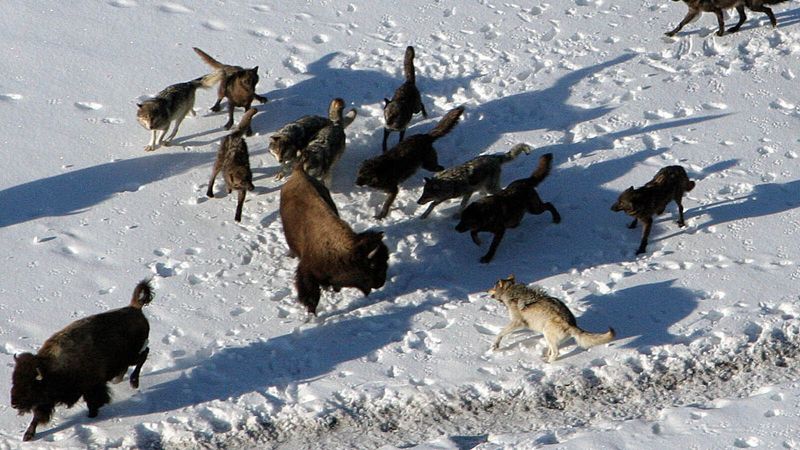
Unlike typical wolf packs that hunt in smaller units, this supersized family coordinates massive, military-precision attacks on elk herds.
Researchers documented the pack splitting into three tactical groups during hunts! Some wolves create diversions while others herd prey toward waiting ambushers.
This sophisticated strategy allows them to take down larger prey with remarkable efficiency, demonstrating problem-solving abilities previously unobserved in the wild.
4. The Legendary Alpha Pair
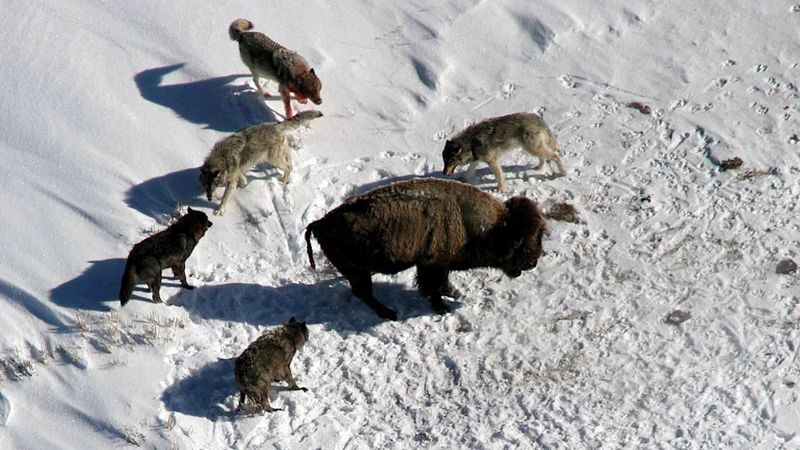
Meet “Thunder” and “Storm” – the remarkable alpha pair who’ve led this mega-pack for an unprecedented seven years. Most alpha wolves typically maintain leadership for just 2-3 seasons.
Their exceptional longevity has allowed multiple generations to remain together rather than splitting off.
Researchers believe this power couple’s unusually strong bond and exceptional hunting prowess have cemented their leadership, creating the perfect conditions for this record-breaking family.
5. Revolutionary Hunting Tactics
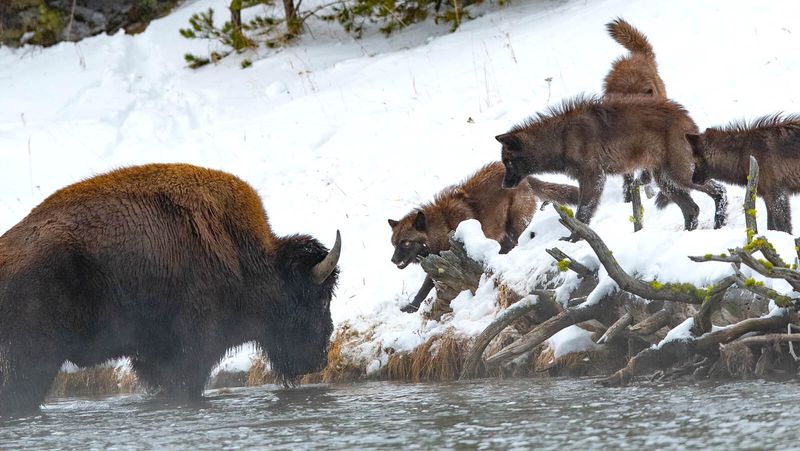
Forget everything you thought you knew about wolf hunting! This super-pack has developed techniques never before documented, including relay-style pursuits where fresh wolves tag in as others tire.
They’ve been observed creating deliberate stampedes toward hidden pack members.
Most surprisingly, researchers documented the pack actually herding prey into natural traps like box canyons – showing remarkable environmental awareness and strategic thinking previously underestimated in wolves.
6. Massive Territory Range
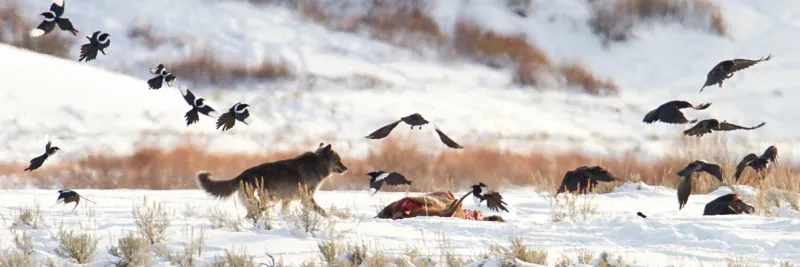
Claiming over 400 square miles, this wolf family’s territory dwarfs the typical 50-100 square mile range of average packs. GPS tracking revealed they maintain this vast area through sophisticated patrol patterns.
Smaller sub-groups conduct boundary checks while others hunt or care for pups.
Fascinatingly, they’ve established multiple rendezvous sites across their domain rather than the typical single gathering spot, creating a network of safe zones throughout their territory.
7. Complex Family Structure
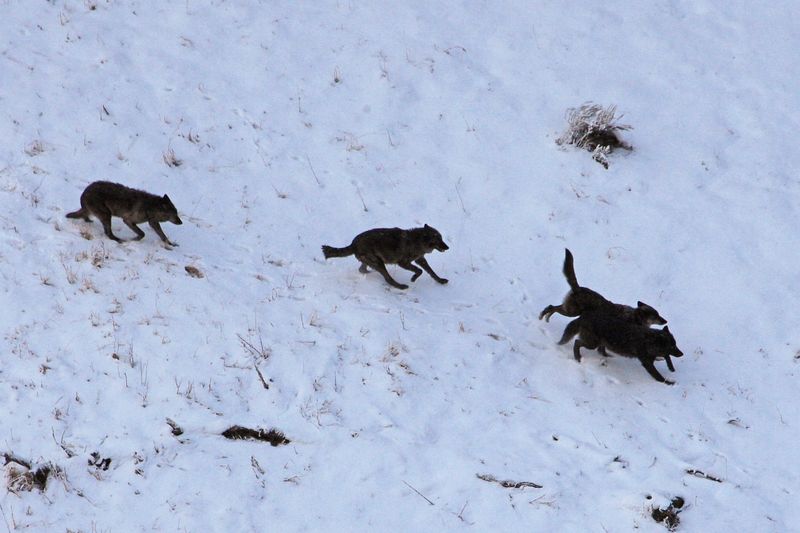
Researchers were stunned to discover this isn’t just a pack – it’s a wolf dynasty! DNA analysis revealed five distinct family lines all related to the original alpha pair.
Unlike traditional packs where young adults leave to form their own families, this group keeps multiple generations together.
The pack includes great-grandparent wolves still actively participating in hunts and pup-rearing, creating a complex social structure more elaborate than previously observed in North American wolves.
8. Surprising Genetic Resilience
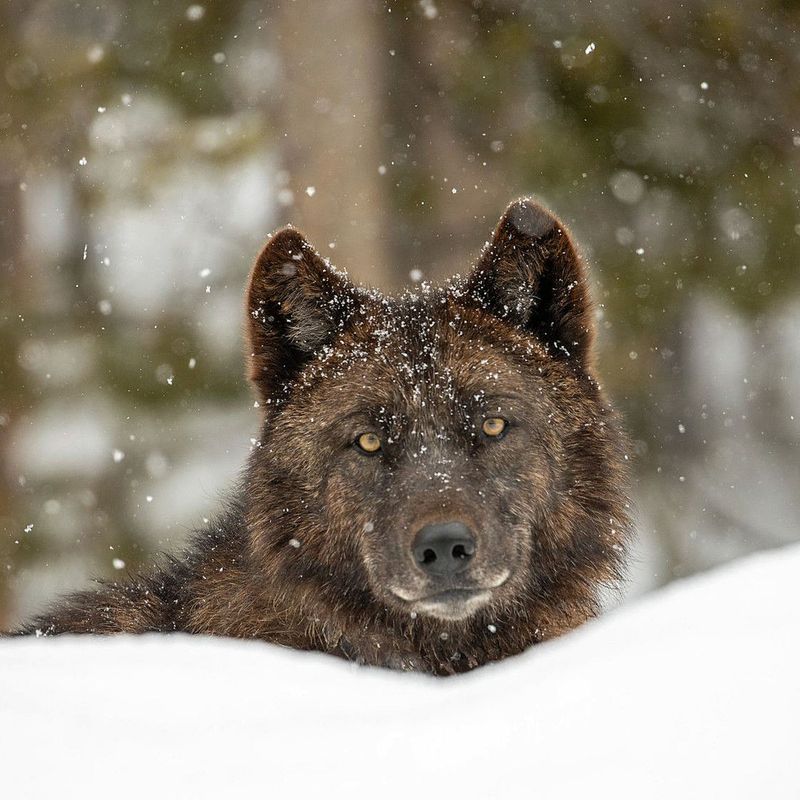
Blood samples revealed a genetic jackpot! This mega-pack contains genetic markers from three distinct wolf populations, creating unprecedented diversity within a single group.
Scientists believe this natural genetic mixing has produced exceptional resilience against diseases that typically threaten wolf populations.
The discovery could revolutionize conservation approaches, suggesting that protecting corridors between isolated wolf territories might be crucial for creating similarly robust populations elsewhere.
9. Cutting-Edge Tracking Innovation

Following this massive pack required technological wizardry! Researchers deployed solar-powered GPS collars with unprecedented battery life and developed drone-based thermal imaging systems specifically for this project.
The team even created an AI algorithm that identifies individual wolves by their howl patterns – a scientific first!
This technological innovation has already spilled over into other wildlife research, with similar systems now being adapted to track endangered species worldwide.
10. Conservation Success Story
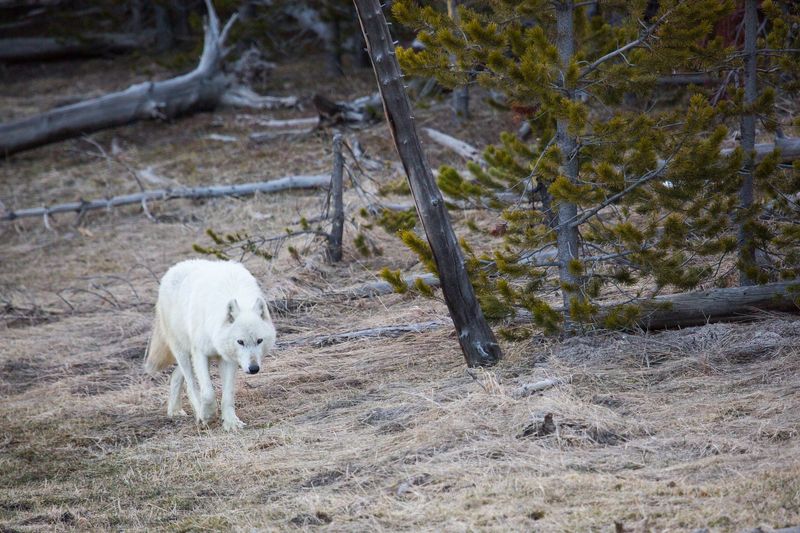
From near extinction to thriving super-pack – what a comeback! This remarkable group embodies America’s most successful wildlife recovery story, with wolves returning from just 300 individuals in the 1970s to over 6,000 today.
The mega-pack demonstrates that with proper protection, apex predators can recover beyond our wildest expectations.
Researchers note that their presence has triggered positive cascade effects throughout the ecosystem, improving everything from beaver populations to river health.
